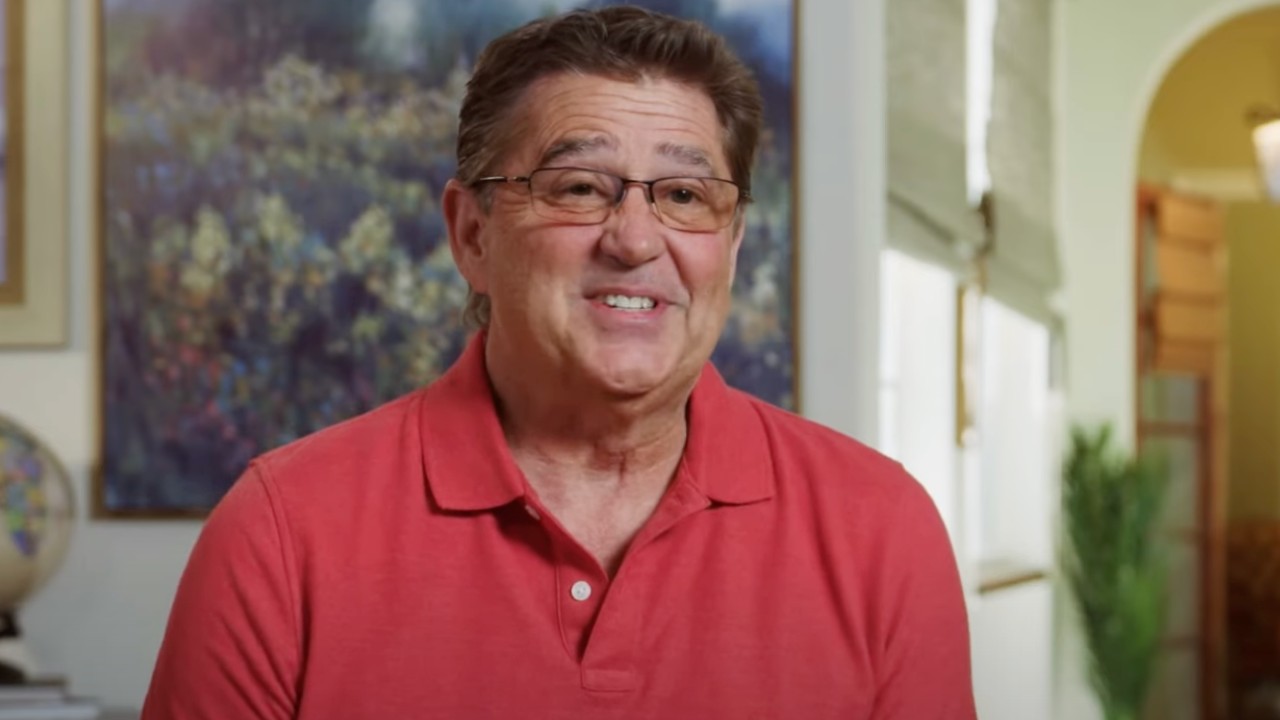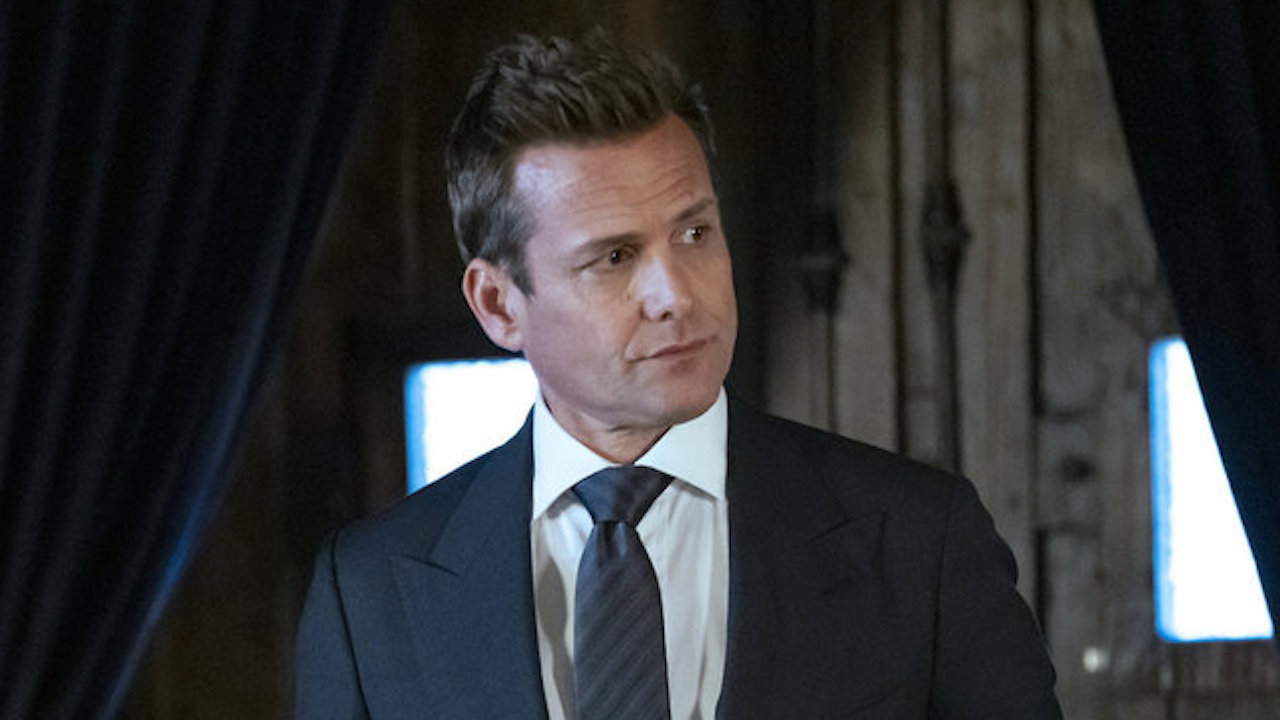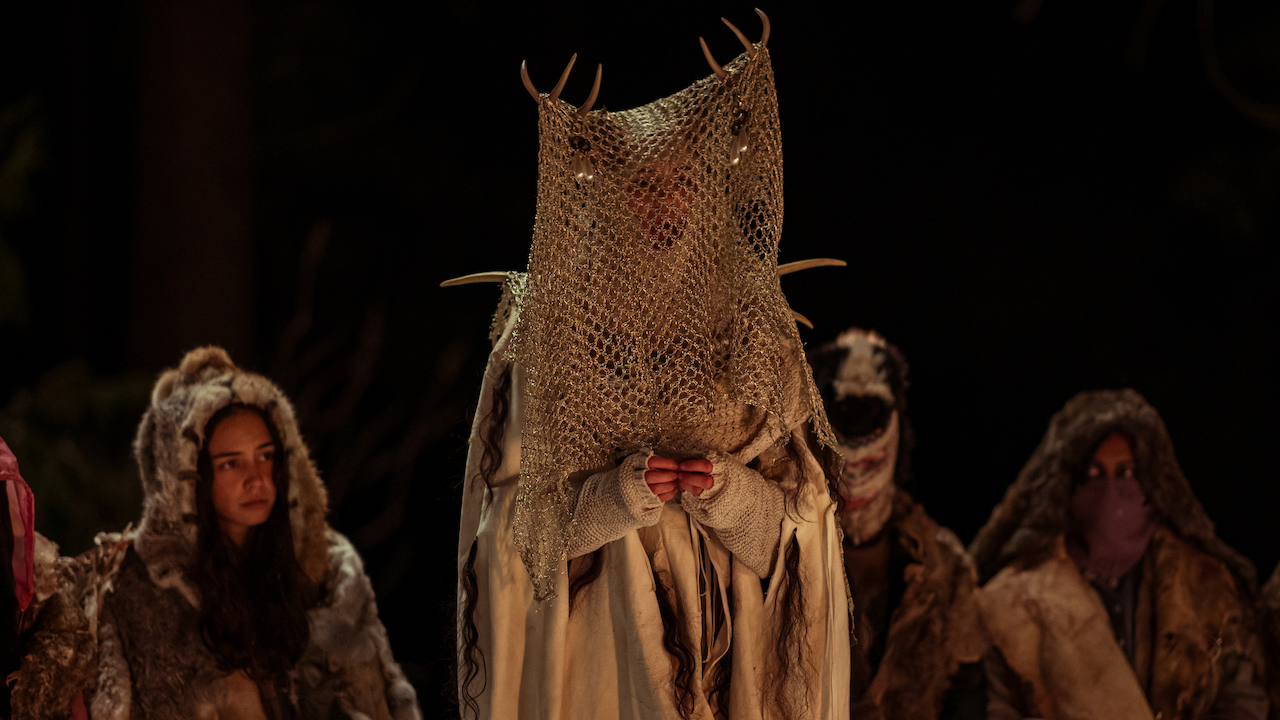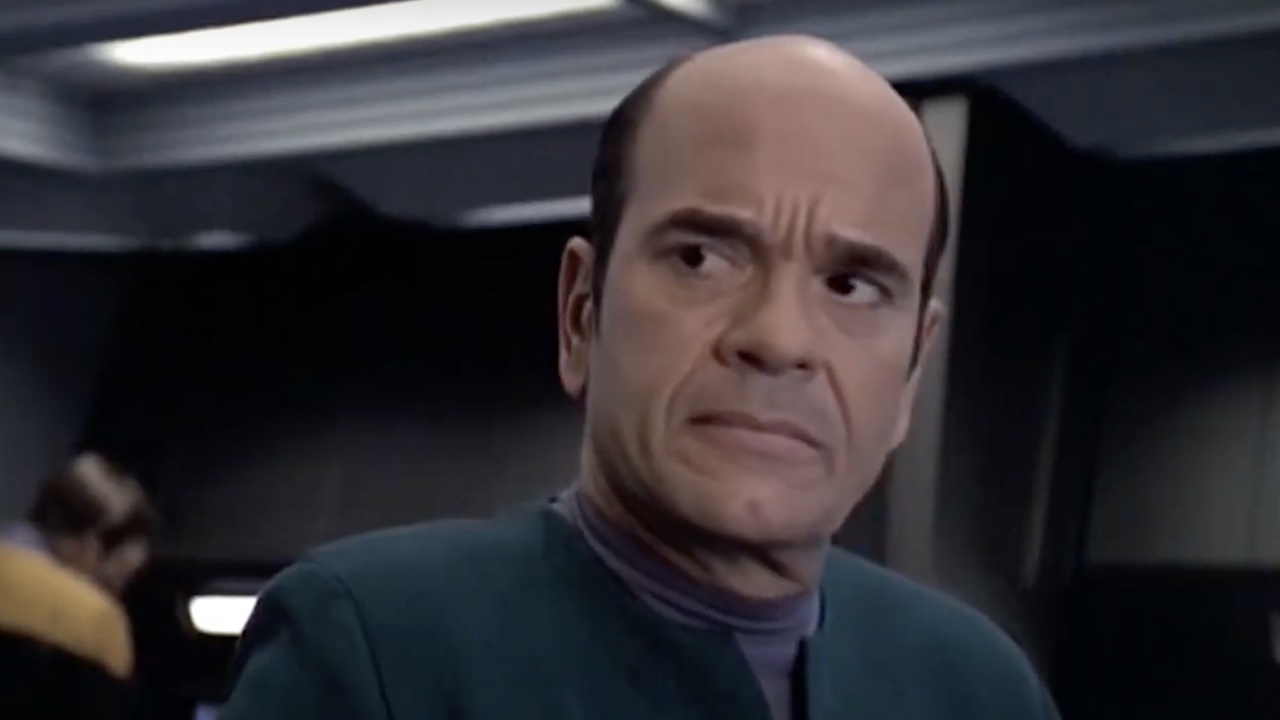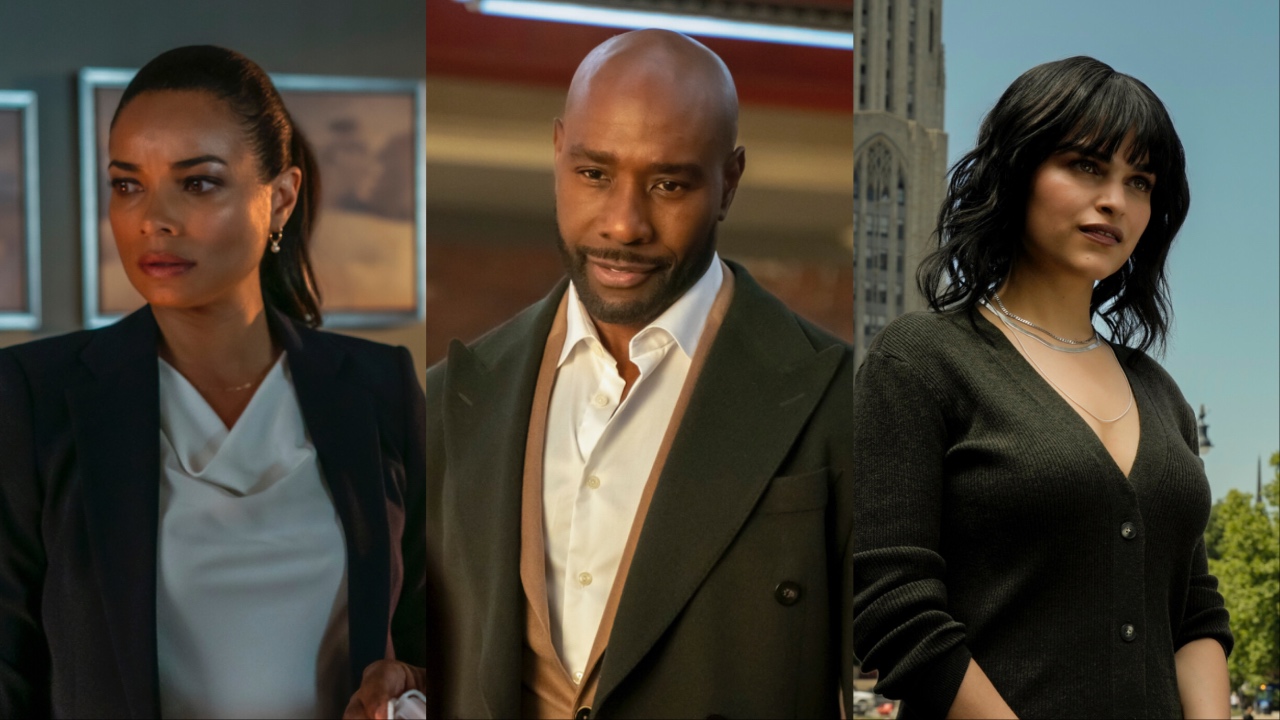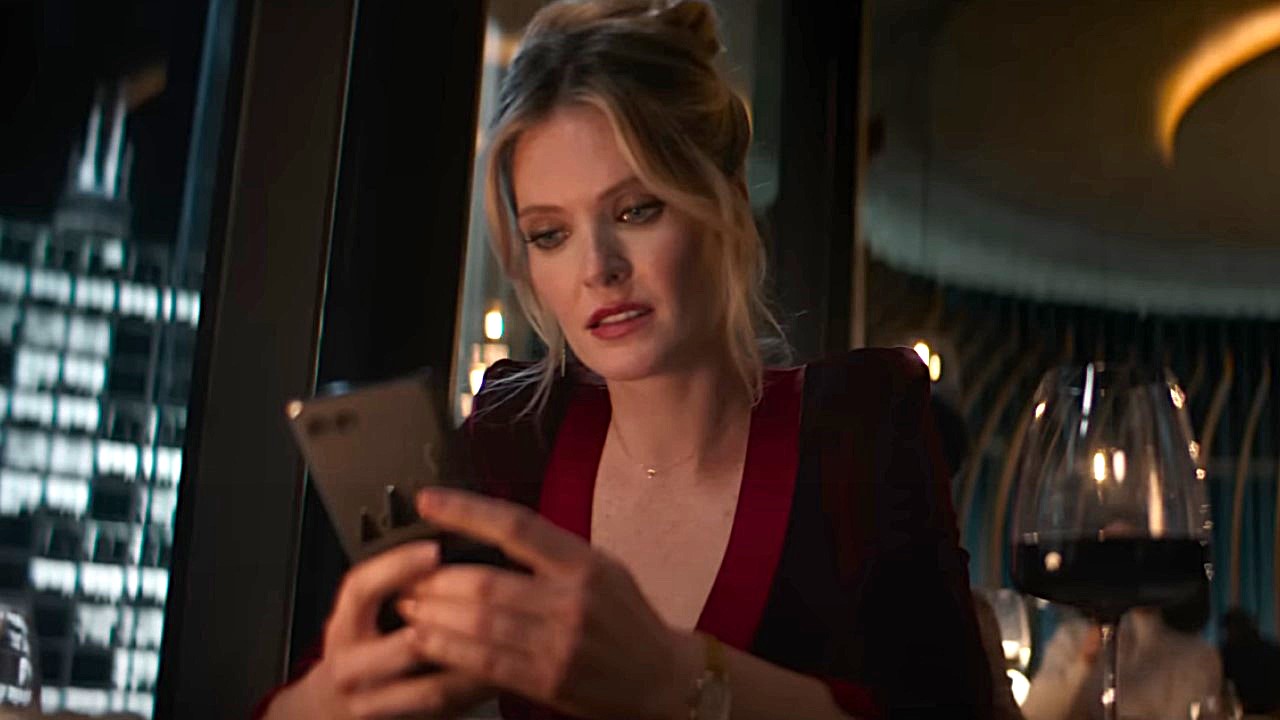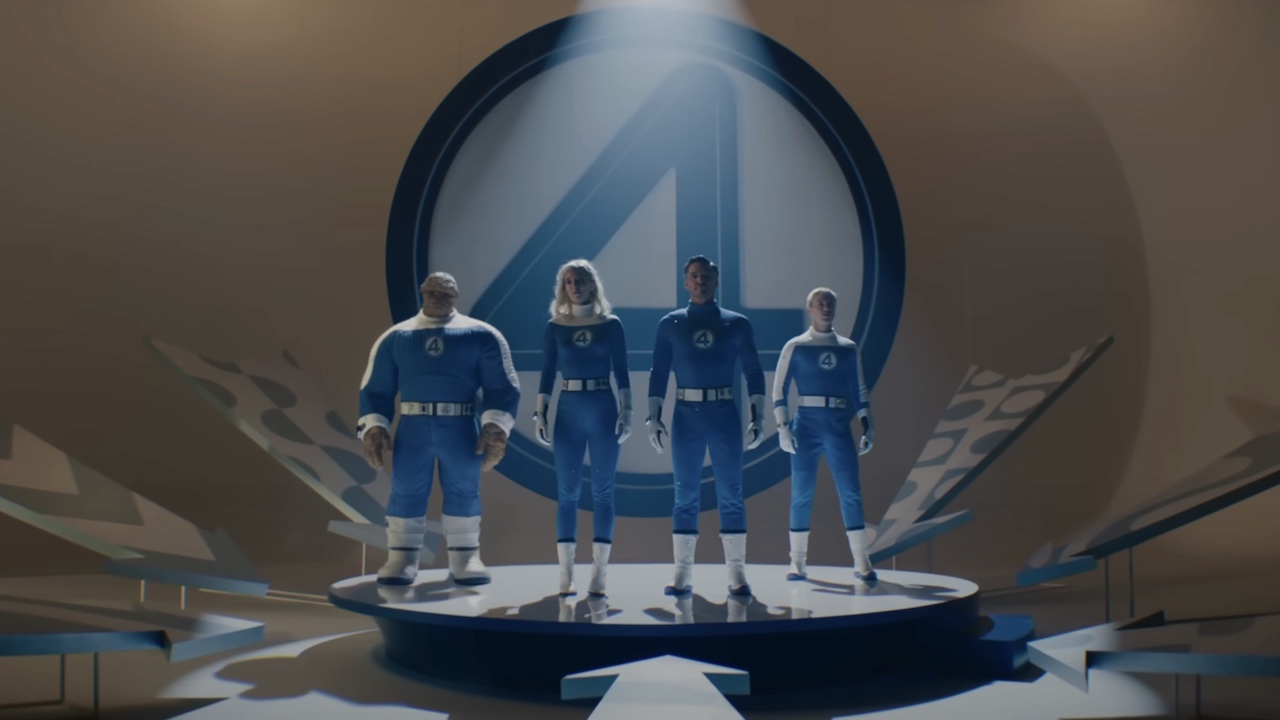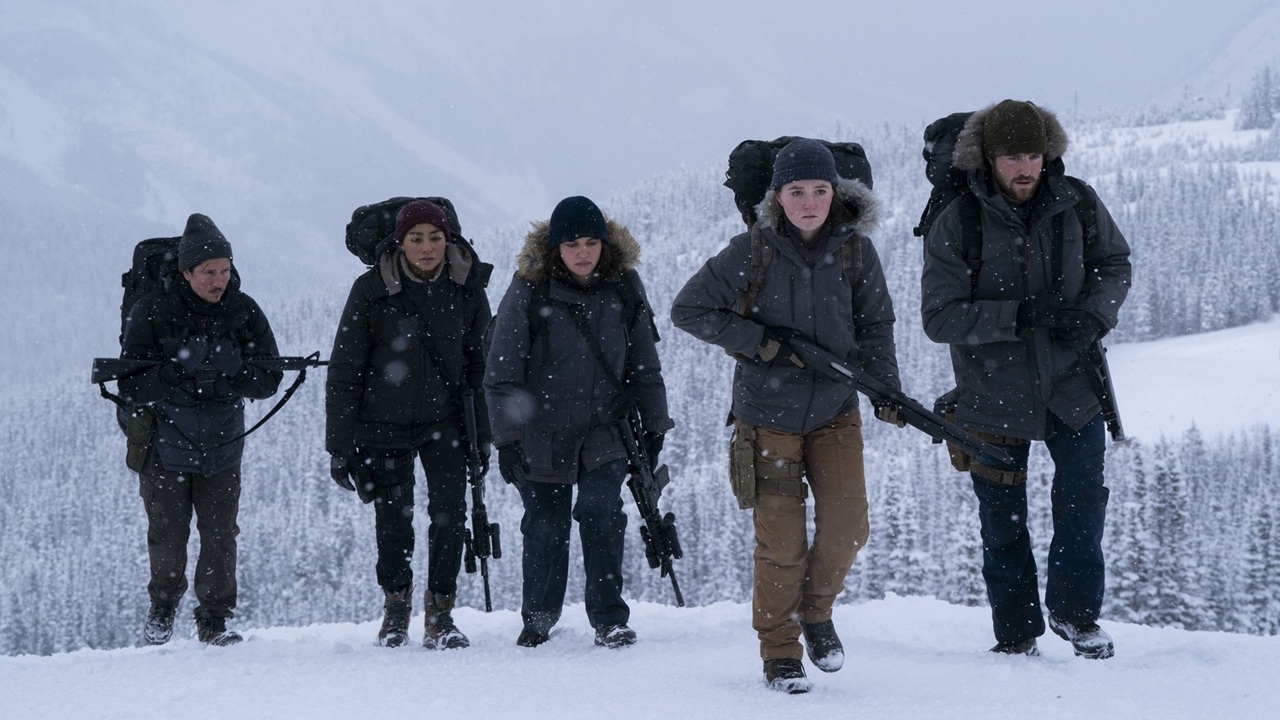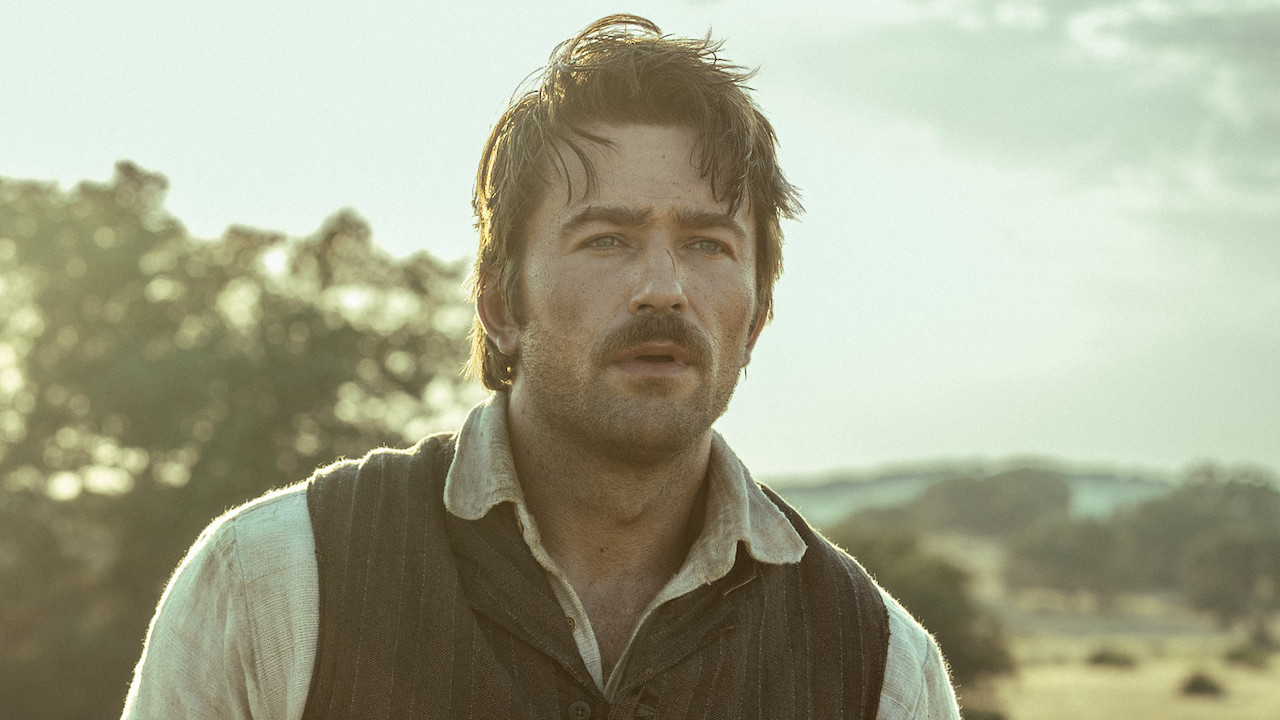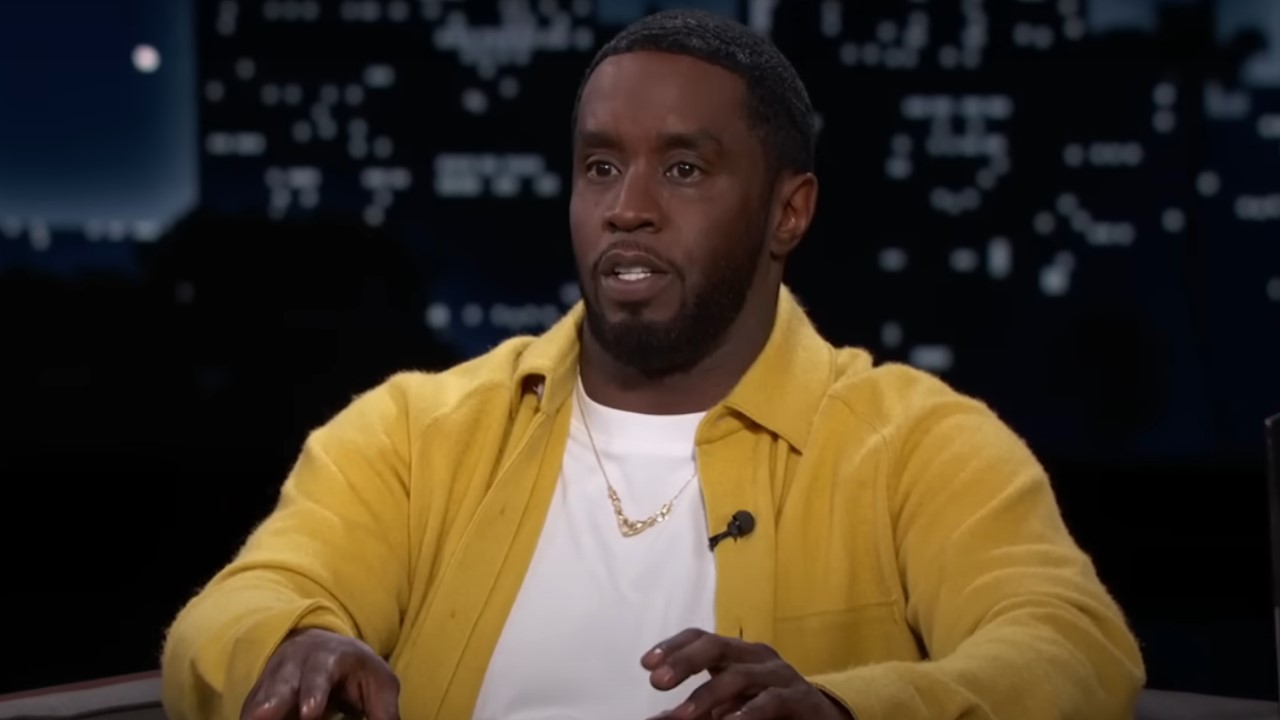‘We Had No Idea How We Were Going To Do It’: Spider-Man 2 Producers Get Brutally Honest Remembering The Sequel’s Main Challenges As Fans Revisit It On The Big Screen
It all worked out in the end.
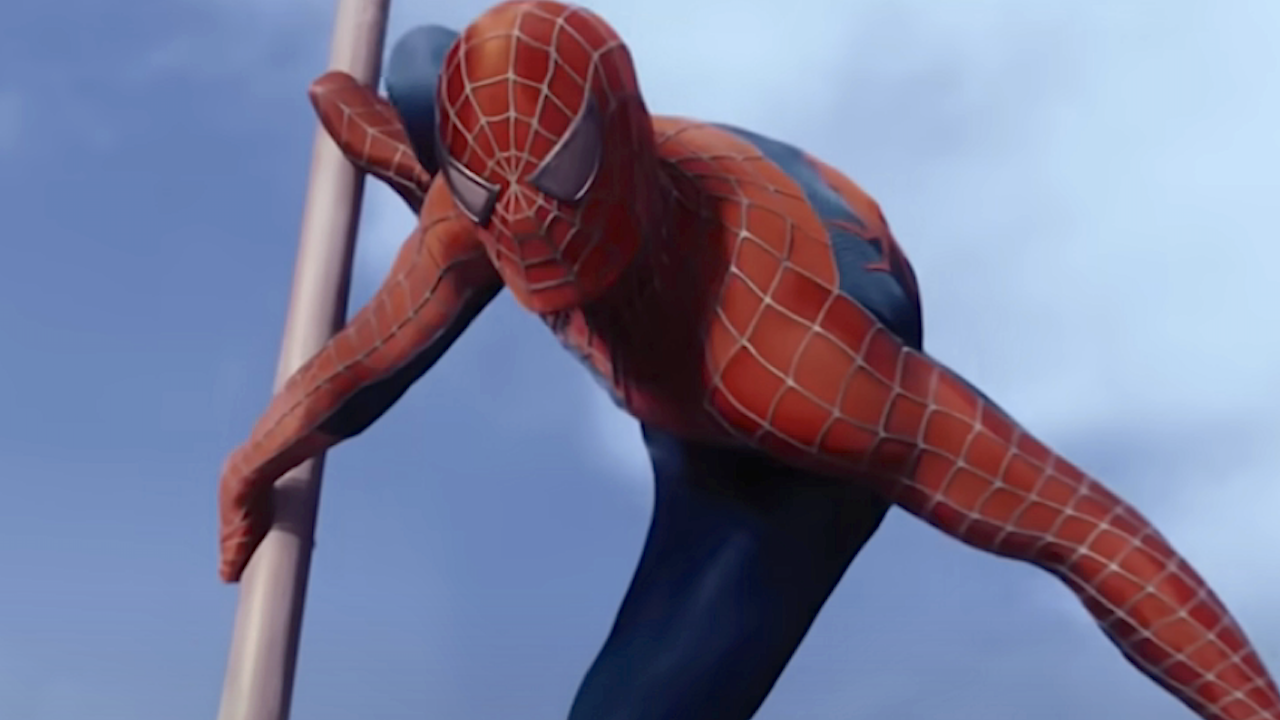
Thousands of Spider-Man fans have been flocking back to theaters recently to experience something they haven’t been able to see before … some of them, for the first time in their lives. Sony Pictures has declared April, May and June to be Spider Mondays, bringing all of the live-action Spider-Man movies back to theaters and screening them in order. And social media has been bursting with reactions from fans who grew up on these movies, but never got the chance to see the films – specifically the Sam Raimi Spider-Man movies – on the big screen. Many Spidey fans consider Raimi’s Spider-Man 2 to be the best Spider-Man movie ever made. Which is ironic, because the creative team behind the legendary sequel will tell you they had no idea how to follow up Raimi’s initial film, and it created some panic and tension.
I was lucky enough to interview most of the creative team on Sam Raimi’s Spider-Man trilogy for a deep-dive book I wrote regarding Spider-Man’s Hollywood history titled With Great Power: How Spider-Man Conquered Hollywood During the Golden Age of Comic Book Blockbusters. The book chronologically walks through the different phases of Spider-Man on screen – from Sam Raimi to Marc Webb and Jon Watts – and explores the problems each filmmaker faced in bringing Spider-Man to life in the movies. Coming up with a live-action Spider-Man for Raimi’s 2002 origin story was one thing. As I discovered, following up the success with a hit sequel presented all new obstacles.
As Matt Tolmach, producer of the Raimi Spider-Man movies, told me for my book:
It was very tough to get the second movie together. … I think you got away with a lot more in the early days because people had never seen (Spider-Man) before, so they were just grateful. And then when people became more experienced, and they’ve seen it, they’re going to be more demanding.
Sam Raimi was a pioneer in the realm of live-action Spider-Man movies. He, along with his team, came up with the right costume, figured out how to use VFX to replicate Spidey’s movements, and cast Tobey Maguire as the first on-screen Peter Parker in a studio-driven blockbuster. Superhero movies weren’t the slam-dunk hits that they became over time. Sony wasn’t sure how well Spider-Man would do. Once it hit, that meant moving forward quickly, with the cast in tow.
Maguire, at the time, expressed real trepidation about leaping into a Spider-Man sequel right away. He was a serious dramatic actor at the time, and admitted in a behind-the-scene featurette for Spider-Man 2:
That’s a nervous thing to do, to sign on to scripts you haven’t seen. … I’d been making movies for a while, so I had experienced some attention. But then all of a sudden, I remember I went to lunch with my little brothers and there were all of these people outside, and photographers. It was a lot more attention than what I was used to.
That level of attention, and expectation, would only increase during the production of Spider-Man 2. Raimi, Maguire, and Matt Tolmach were correct in understanding that audience anticipation would only grow with each new film. They needed to understand what worked about the movies, and what didn’t. And they needed an action set piece that would top anything that had been done in the original film.
Which leads us to the creation of the Spider-Man and Doctor Octopus fight in the train, largely considered to be the best action set piece in any Spider-Man movie to date. Still, to this day, the sequence holds up magnificently:
CINEMABLEND NEWSLETTER
Your Daily Blend of Entertainment News
When I shared this opinion with Oscar-winning visual effects supervisor John Dykstra, and he seemed genuinely shocked, because when it came down to constructing the train fight, he told me:
We had no idea how we were going to do it.
According to Dykstra, work began on the train fight almost immediately, because Spider-Man 2 instantly was facing a deadline from the moment it was greenlit. Sony had a hit franchise, so they wanted a sequel in theaters as soon as possible! Prep for the train fight took Dykstra and his team to Chicago in the dead of winter, where they went about filming interior and exterior shots of the train and tracks, so visual effects could be added in later. The process sounded torturous, as Dykstra shared:
We’d taken all of the windows and doors out of the train car. We were freezing our asses off. It was so cold, especially when the train was moving.
But so worth it.
Spider-Man fans can continue watching the rest of the Spider-Man movies in theaters every Monday. It can help get us excited for upcoming Spider-Man movies, including the slow-to-develop Spider-Man 4 with Tom Holland. Let’s hope it’s easier to make than Spider-Man 2, which came with a lot of obstacles.
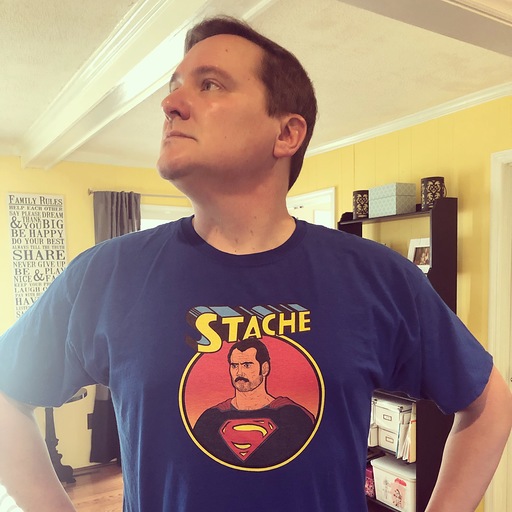
Sean O’Connell is a journalist and CinemaBlend’s Managing Editor. Having been with the site since 2011, Sean interviewed myriad directors, actors and producers, and created ReelBlend, which he proudly cohosts with Jake Hamilton and Kevin McCarthy. And he's the author of RELEASE THE SNYDER CUT, the Spider-Man history book WITH GREAT POWER, and an upcoming book about Bruce Willis.
